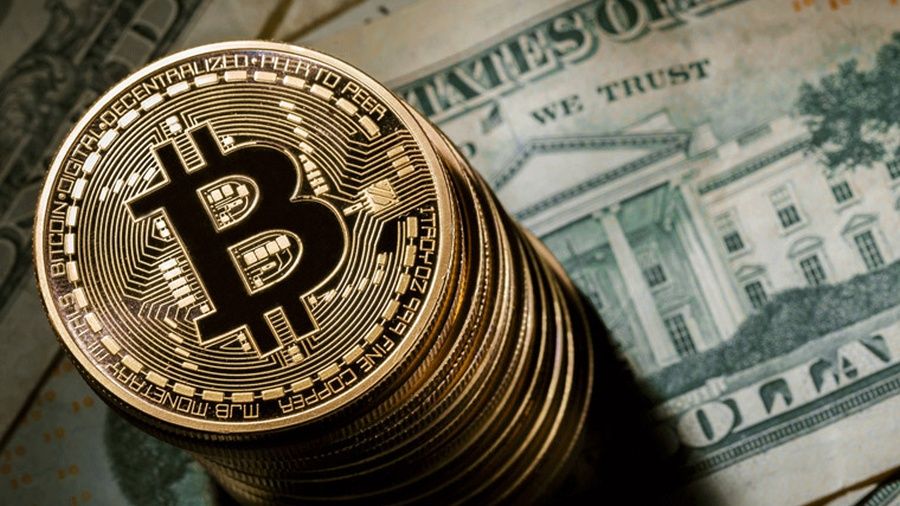Bitcoin Price: Understanding the Value of the World’s First Cryptocurrency

Since its launch in 2009, Bitcoin has become the most talked-about digital asset in the world. The Bitcoin price is now a key indicator for the entire cryptocurrency market, influencing investor confidence, global discussions on digital money, and financial innovation. Unlike traditional currencies, Bitcoin operates on a decentralized blockchain network, and its value is determined almost entirely by supply, demand, and market sentiment.
What Determines Bitcoin’s Price?
The price of Bitcoin is not set by a single authority like a central bank. Instead, it is shaped by several interconnected factors:
- Supply and Scarcity – With a maximum supply capped at 21 million coins, Bitcoin is designed to be scarce, which helps drive demand and price over time.
- Market Demand – More buyers than sellers push the price up, while more sellers than buyers push it down.
- Investor Sentiment – News events, social media discussions, and endorsements from high-profile figures can move the market dramatically.
- Macroeconomic Conditions – Inflation, currency devaluation, and global economic uncertainty often influence investors to consider Bitcoin as a hedge.
- Regulatory Environment – Government policies on crypto trading, taxation, and ETFs directly impact investor confidence.
Historical Trends of Bitcoin Price
Bitcoin has gone through several notable price phases:
- Early Years (2009–2012): Traded for just a few cents to a few dollars.
- First Boom (2017): Reached nearly $20,000 before falling sharply.
- Institutional Entry (2020–2021): Hit new highs above $60,000 as companies and funds began investing.
- Current Era: The price continues to fluctuate widely, often reflecting global economic conditions and crypto adoption trends.
This history shows Bitcoin’s extreme volatility, but also its long-term upward trajectory.
Why Bitcoin Price Matters
The Bitcoin price isn’t just about speculation—it has broader implications:
- For Investors: Affects decisions to buy, hold, or sell.
- For Businesses: Some companies accept Bitcoin payments but adjust pricing based on market value.
- For the Economy: Bitcoin’s price often signals how much faith people place in decentralized assets versus traditional finance.
Risks and Opportunities
While Bitcoin has shown incredible growth, it also comes with risks:
- Volatility: Prices can rise or fall thousands of dollars within hours.
- Regulatory Shifts: Sudden bans or strict rules in major economies can affect the market.
- Security Risks: Though the blockchain itself is secure, exchanges and wallets can be hacked.
At the same time, opportunities exist in long-term adoption, limited supply, and Bitcoin’s growing role as a digital store of value.
Conclusion
The Bitcoin price reflects more than just numbers on a chart—it represents a global shift in how people view money, technology, and financial independence. While its value can swing dramatically, Bitcoin has proven its resilience over more than a decade, surviving crashes, skepticism, and regulatory debates. For investors and enthusiasts alike, tracking Bitcoin’s price provides insight into the future of both digital assets and the financial world.
FAQs about Bitcoin Price
1. Why does Bitcoin price change so often?
Because it is driven by supply, demand, and market sentiment, making it more volatile than traditional assets.
2. Has Bitcoin ever been worth less than $1?
Yes, in its early years (2009–2011), Bitcoin was worth less than $1 before gaining wider recognition.
3. What is the highest price Bitcoin has ever reached?
Bitcoin peaked at over $68,000 in November 2021.
4. Is Bitcoin price the same across all exchanges?
Not exactly—there are slight differences due to trading volume and liquidity on different exchanges.
5. Will Bitcoin price keep rising in the future?
Many analysts are optimistic due to its limited supply and growing adoption, but it remains a highly speculative and volatile asset.

